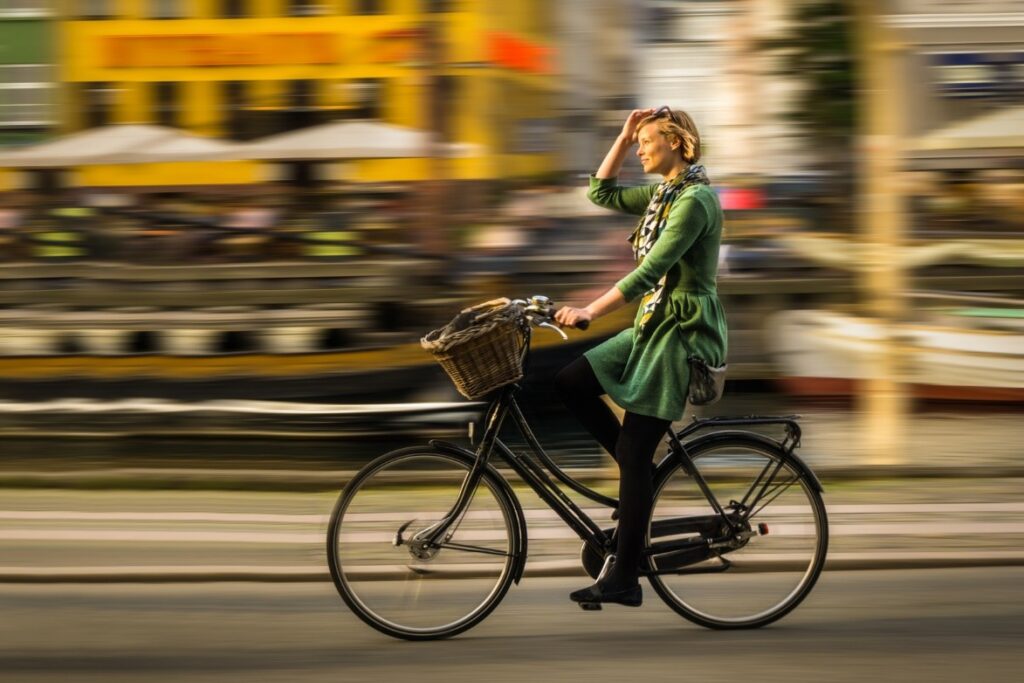By Chuck Palmer
In his book, Within the Frame, David duChemin suggests “the first thing to realize is that the creative process is not so simple that it can be reduced to a formula – go here, wait for muse, shoot brilliant image. It is not a reactive process depending on a magic fairy appearing and beating you with an inspiration stick. Creativity is something you can actively work at, and the more closely you know your own process, the more reliably the muse appears.” This got me to thinking. . . What is my own process for capturing a creative image? Although our Creative Vision is constantly evolving and something we will forever work at, I thought it might be helpful if I jotted down some thoughts as to how I typically create an image. I know I am still developing my Creative Vision. So, maybe if I understood the process I used for my favorite images, I can continually improve it. I share those thoughts below in the hope that they might inspire you to discover your own process and actively work at your creativity. Here are some things you may want to consider:
“Put yourself in front of more interesting stuff” – Joe McNally
I think the first step in making a creative image is to understand what inspires you, so you can put yourself in front of what you find interesting more often. For me, great light, interesting people, traveling to places I have never been before, and creating the feeling of motion in a still image gets my creative juices going. Here is where creativity starts, I think. Put the stuff that inspires you most in front and center before you bring the camera to your eye. Whether it is wildlife, street scenes, seascapes, people portraits, travel, architecture, night skies, macro photography, or any other photography genre you enjoy, actively work at practicing more of it.

Forget the Name of the Thing
“To see we must forget the name of the thing we are looking at.” – Claude Monet
The second step in my creative process is to try to look at the thing that caught my eye not as a person, a tree, a building, or a sunrise, but as shapes, shadows, lines, colors, and textures. What is the essence of what we are looking at that makes it so interesting to us? Why does it make us feel the way we do? Answering these questions helps us capture our Creative Vision.

Establish your Story
This may be the most difficult step for me. What or who is the Main Subject? Are there supporting characters or elements that should be included in the story? Are there distractions or elements in the frame that will pull my viewers out of the story I am trying to tell? All important questions to answer for a Creative Image.

Select Camera Settings to fulfill your vision
Just like an artist selects specific brushes to create her painting’s look and feel, we can make decisions on how to set our camera to create the look and feel of our photograph. First and foremost, I decide whether my creative vision calls for a Shutter Speed or Aperture Priority setting. Do I want to show motion by dragging my shutter, or do I want to stop action with a fast shutter speed? Do I want the whole scene in focus which calls for a high numbered f/stop, or do I want to reduce the emphasis of the background or foreground by selecting a low numbered f/stop, reducing my range of focus? Second, I decide on the exposure. Do I want to overexpose or underexpose elements in the photo? Or does the image call for a nominal mid-tone exposure. I select my camera settings to support my Creative Vision.
Try several Points of View
Two things happen when we explore different points of view in our photography. We might just eliminate a distracting background, and our unique point of view gives our viewer a perspective they have never seen before. Most people view their world at an adult standing height. So, nothing is more boring than seeing the same world they see every day in your photographs. I experiment with different points of view for the same scene. I am not always successful at creating an interesting image, but I find some of my favorite images are those that provide a unique point of view.

Play – Have Fun!
The best way to become a better photographer is to practice, and the more fun photography is for you, the more you will want to practice. Although it may be helpful to understand your Creative Vision process, overthinking each and every shot can kill your creativity too. Have fun! Break some rules. act silly and play around with your camera. Try some new things you have never done before with your camera. Creating photographic fun for yourself will keep you coming back to your art, which is exactly what we need to improve our Creative Vision.

As David duChemin suggests, we must actively work on our Creative Vision. I hope you discover your process and keep practicing. And while you are at it, if you ever run into the magic fairy with an inspiration stick, I hope you will introduce me.
Keep Shooting, and May the Remarkable Images Always Be Yours.
Chuck
